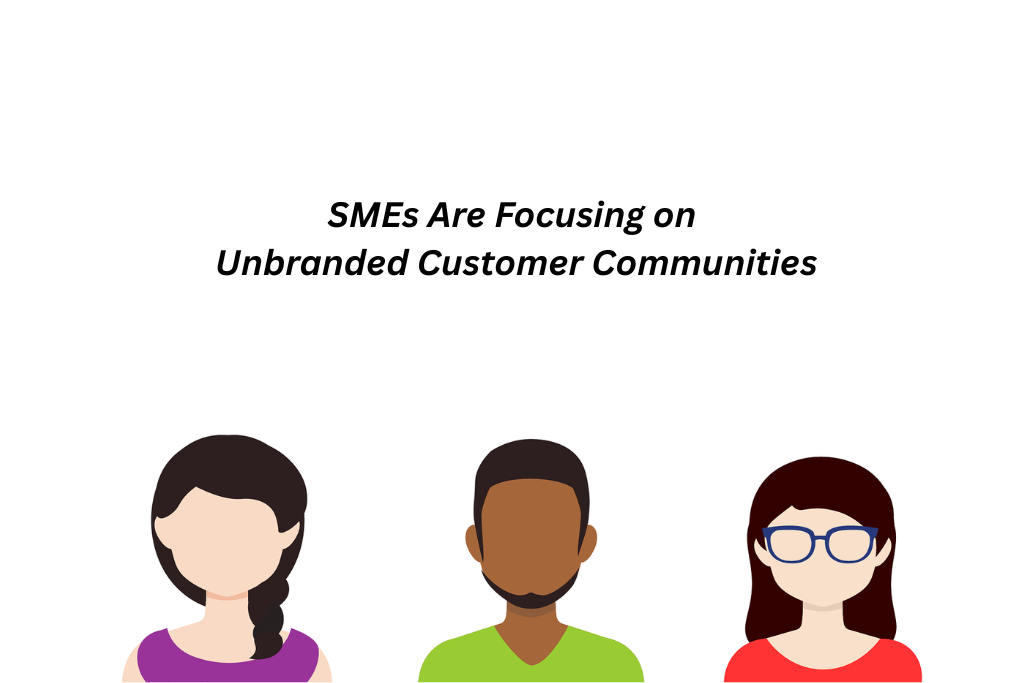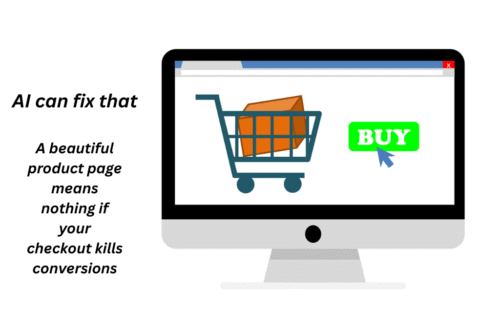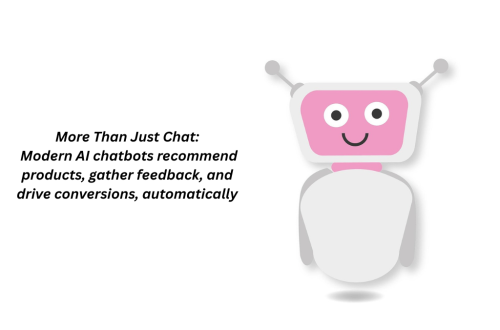
How Small Businesses Are Embracing Unbranded Customer Communities to Boost Retention in 2025
SMEs are tending to adopt smarter strategies. The last quarter of 2025 is rewriting its marketing playbook, and SMEs are finding success in spaces where their brand is barely mentioned. Instead of that tiresome run after branded pages, glossy ads, and corporate voices, they are focusing on unbranded customer communities.
The unbranded customer communities are the places where customers connect over shared interests and problems. They do not connect due to the product alone. Rather, these customers have shared passions to explore more about their preferences.
What Are Unbranded Customer Communities?
The unbranded customer communities are either in groups or a platforms. In these communities, the focus is not the company’s logo or sales pitch, but its customers themselves. The conversations in these groups happen organically and are led by members, not marketers. The brand acts as a facilitator. It provides members with a space for authentic interaction. You can consider the examples of Facebook groups, Discord servers, or niche forums without heavy branding.
These communities are becoming powerful trust builders. They offer safe and low-pressure spaces for customers to share their experiences and engage. This even leads to deeper loyalty and retention than original campaigns.
Why They’re a Game-Changer for Small Business Retention?
Small businesses are adopting unbranded customer communities to build trust through authenticity. They want customers to engage because of genuine interest and shared values. SMEs refrain from forcing branding messages into these communities and instead focus on creating emotional bonds that extend beyond transactions.
Small businesses reduce constant product pushes and sales pressure. This makes customers feel more connected, and the community feels organic and safe. Members naturally share their experiences and solutions. The word-of-mouth becomes more credible. The subtle product mentions feel like a friendly recommendation, rather than a product promotion. The organic discussions also lead to the discovery of a reliable small business product or service.
Key Trends Driving Adoption of Unbranded Customer Communities in 2025
The online culture, shifts in technologies, and customer expectations are major factors driving small businesses towards these communities. SMEs are seeing unbranded customer communities as an attractive retention strategy because:
- The rise in interest-based micro communities such as Discord and Reddit. These platforms have seen a rapid growth in niche groups built around shared passions. Small businesses are also using these spaces to engage authentically without forcing brand messages.
- There is a decline in the effectiveness of traditional loyalty programs. The points, discounts, and punch cards are no longer effective in winning long-term loyalty. Customers now seek emotional and social connections with like-minded people. This makes these community spaces a more powerful driver of repeat engagement.
- AI-powered moderation and personalization tools are also helping small businesses to manage these communities effectively. These tools flag harmful or misleading content and recommend relevant discussions.
- There’s a shift toward community-led content creation. The user-generated content, like tutorials, reviews, and challenges, adds credibility. Such content also reduces the brand’s content production burden. Members trust fellow members’ recommendations more than ads, turning the community into a self-sustaining engagement engine.

How Small Businesses Are Building Them
Small businesses are shifting from purely transactional customer engagement. They are leaning into unbranded communities to feel like genuine spaces for connection. Here’s how small businesses can do it
- From WhatsApp, Facebook groups, to Slack or niche forums, there are so many platforms. Choose the right one depending on your audience’s choice and where they spend more time.
- Set clear community guidelines and establish rules for behavior, privacy, and content help. Create a respectful environment where members can participate.
- Encourage members for user-generated content. They should share their stories, tips, and experiences. This will lead to a sense of ownership and authenticity.
- SMEs can use these platforms to access early product drops. They can also share behind-the-scenes content and expert Q&A sessions.
What are the KPIs SMEs Use to Measure the Success of this Approach?
Tracking performance helps SMES ensure that the community is actually driving retention. The key performance indicators include:
- Customer retention rate to check how well the community keeps members coming back to buy.
- Engagement rate, which can be detected by posts, comments, and reactions per member over time.
- Conversion from community to purchase, which assesses the percentage of members who purchase or join.
- Repeat purchase frequency to check how often members return for another transaction.
- Community growth rate is expected to see an increase in active members over the months.
Challenges for SMEs and How to Overcome Them
- Avoiding Over-Branding
Excessive branding can make the community feel like a marketing channel. Instead, you should make it a safe space. Also, keep the brand mentions subtle. Focus more on shared interests, stories, and tips instead of pushing products.
- Managing Spam and Irrelevant Content
Spammy posts weaken the engagement and drive members away. To avoid this challenge, use moderation tools and set clear posting rules. Assign trusted members as moderators.
- Balancing Moderation with Open Discussion
Too much control can affect conversation, while too little can lead to chaos. That’s why, moderate only when necessary. Also intervene for rule violations, but allow healthy debates and diverse opinions.
- Maintaining Momentum Without Constant Promotions
Engagement drops if discussions rely solely on discounts or offers. You can prevent this from happening. Plan content themes, host Q&As, share behind-the-scenes stories, and encourage members to post their own experiences.
Recommended Tools for Management and Analytics
Here are the best tools for management and analytics of these communities
Community Platforms:
- Circle.so is best for branded yet private spaces.
- Discord is ideal for segmented interest channels.
- Facebook Groups are best for broad reach and easy discovery.
Moderation Tools:
- Commsor tracks engagement metrics.
- Hive Moderation is best for AI-powered content filtering.
Analytics Tools:
- Common Room monitors engagement trends.
- Orbit maps community activity and influence.
Here are some tips to integrate your strategies when embracing unbranded customer communities
- Identify which discussions get the most traction and build campaigns around them.
- Use recurring challenges mentioned in chats to guide product improvements.
- Recognize active members with exclusive early access, surprise gifts, or VIP content.
- Share how community feedback directly influenced decisions. This builds trust and keeps members invested.
Conclusion
It is essential to emphasize the long-term brand equity. Connecting with unbranded customer communities helps small businesses retain their customers while staying within their budget. However, start small and engage deeply when leading the community.






